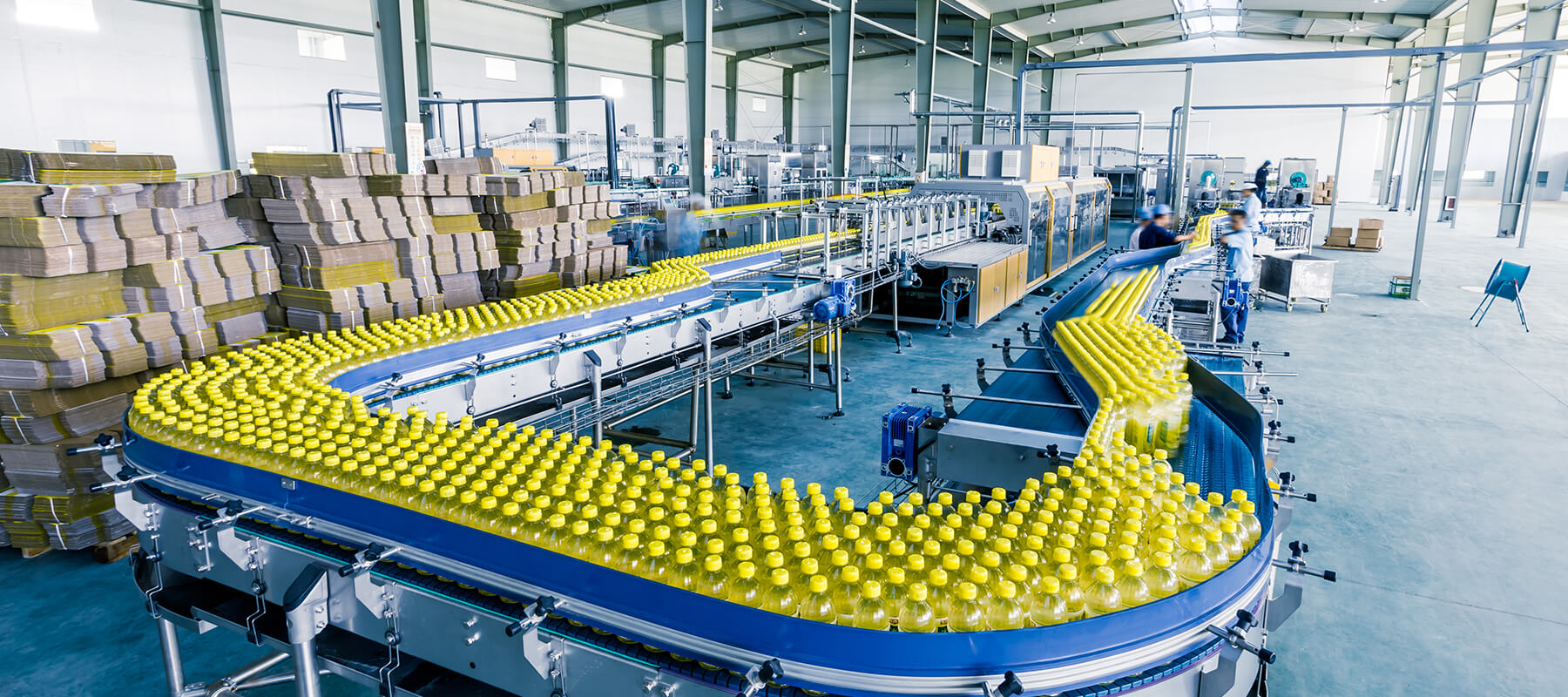Some process manufacturers in the food, chemical, nutraceutical and life sciences industries turn to a generic, discrete software application to manage their business. Although these generic applications support their ‘front office’ needs, many process manufacturers discover that these applications do not manage the unique characteristics of their formulas, ingredients and finished goods, which results in several workarounds and inefficiencies.
In this blog, I addressed the advantages of a process manufacturing application over a generic, discrete manufacturing application in batch production and inventory management.
Inventory
Visibility to inventory in terms of its units, weights and volume, along with their variable attributes – all at the same time – is key to process manufacturers. In addition to standard measurements conversions (e.g. US to metric), user-defined and automatic UOM conversions (e.g. liquids to solids, gases to liquids) are pre-configured.
To support the various types of items consumed and produced in process manufacturing, the software supports an unlimited number of product characteristics. In addition to these user defined product characteristics, the application comes preloaded with several industry standard characteristics, such as pH, potency and carbohydrates, as well as calculated values, such as VOC and specific gravity.
Tracking expiration dates is a daily concern for process manufacturers, especially for food processors. Inventory allocation recognizes LIFO (last in first out), FIFO (first in, first out), and FEFO (first to expire, first out), as well as taking into consideration the number days of shelf life required by a customer.
Scheduling
Separate formula and packaging specifications allow the system to consolidate demand for multiple finished goods with the same base formula to schedule a large “make” batch job (formula) that feeds multiple “fill” batch jobs (packaging BOM’s). For example, make a common dough to be used in several bakery items or a base paint to produce a number of colored paints.
Process manufacturing software schedule batch jobs on a production line based upon the products’ variable characteristics which can minimize the number of changeovers, improving overall resource utilization and lowering product costs. For example, a vanilla ice cream followed by a chocolate ice cream with nuts, versus the reverse.
Production
To effectively manage the variable characteristics of on hand inventory, process manufacturing applications allocate various inventory lots of varying characteristics to meet a batch job’s finished goods target property value. For example, produce a finished good with strength of 70% using active ingredients that are available in inventory lot strengths of 50% and 90%.
Scaling production in process manufacturing is different than in discrete manufacturing. Take for example a chemical reaction within 10 liters of a solution (e.g. the minimum level) that takes the same time as 50 liters (e.g. the maximum level) of the same solution in the same vessel. Linear scaling function used in discrete manufacturing doesn’t work in process manufacturing, therefore a “step” approach must be employed.
On hand inventory of the same item may have different variable characteristics per lot number. One lot may be acceptable in one customer formula, but not in another, because the produced finished goods may not meet the customer requirements. Examples include specific meat grade for designated retail customers or a country of origin requirement for specified customers. With full visibility into available raw material inventory and their product characteristics, process manufacturers can accurately and consistently promise and produce finished goods that meet their customers’ requirements.
Recommendations
Software architecture built from the ground up for food, chemical, nutraceutical or pharmaceutical manufacturing can help you avoid costly modifications, unnecessary workarounds and risks that come with running a discrete manufacturing ERP application in a process manufacturing environment.
For more information about BatchMaster Software’s batch production capabilities found in our add-on process manufacturing app and end to end ERP solution, please click here.
Related Blog Posts
What are the software differences in the area of formulation between a process vs discrete manufacturing application? Read our formulation blog post..
Quality and Compliance requires several unique capabilities found only in process manufacturing applications. Discover these capabilities in this blog post.

